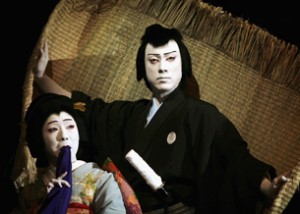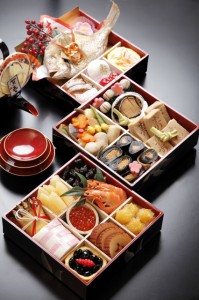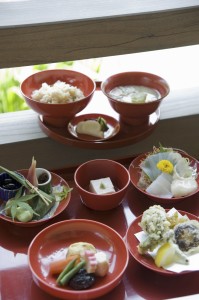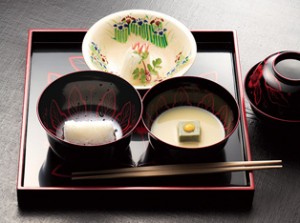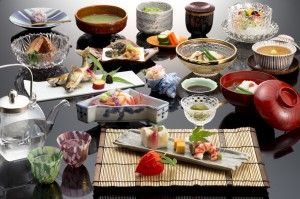江戸時代初期に生まれ、現代に受け継がれている日本独自の演劇芸術。1603年、出雲大社の巫女だった出雲阿国をはじめとする女性たちが京都で興行したのがはじまりといわれています。演劇、舞踊、舞踊、音楽の集大成ともいうべき総合芸術として完成されました。
Kabuki
Kabuki is one of Japan’s traditional stage arts that originated in the early Edo period and was passed down to the present. It is said that the origin of kabuki was the performance of the female dancer Izumo no Okuni who was a female attendant at the Izumo taisha shrine, and her troupe in Kyoto in 1603.
Kabuki was perfected as a comprehensive art form that brought together theater, classical Japanese dance, and music.
